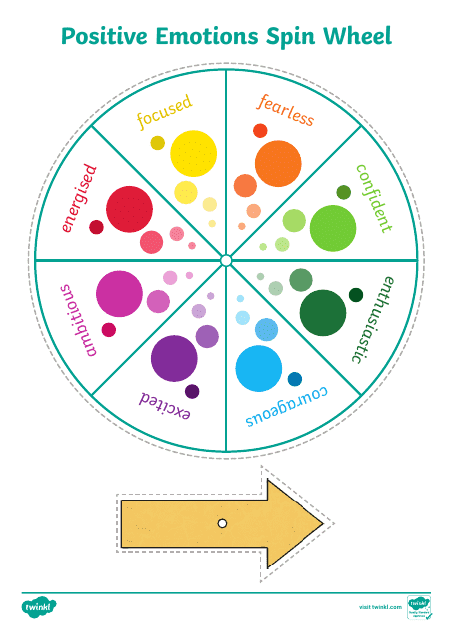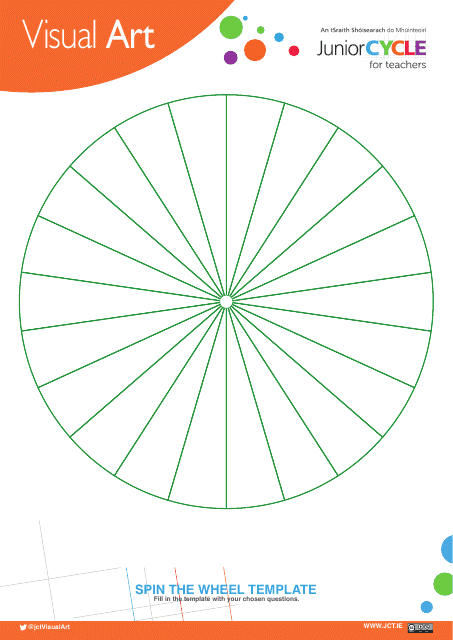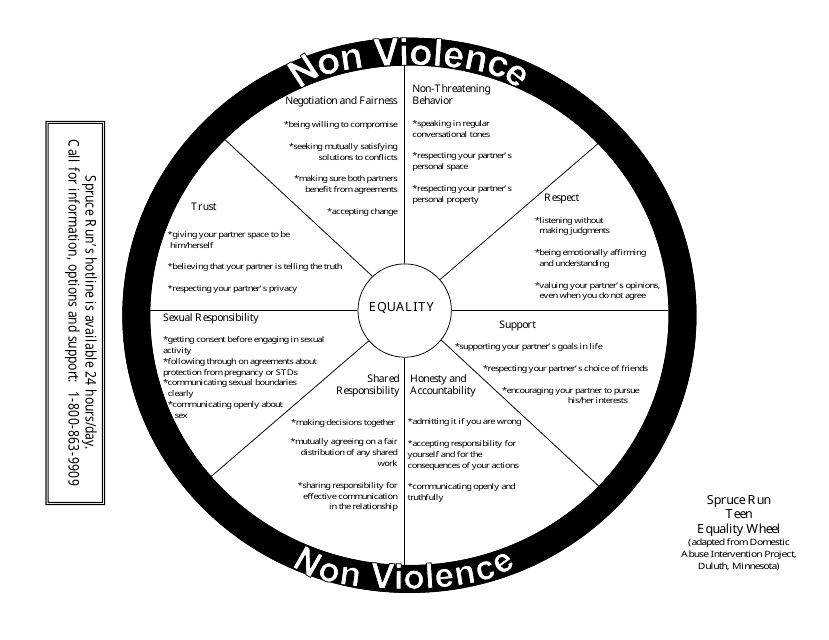Free Emotion Wheel Chart Templates
Emotion Wheel Chart: What Is It?
Trying to find the right words to discuss what we are feeling and our emotions can be an incredibly difficult task, particularly when doing so with a close friend or family member regarding sensitive topics. For this reason, an Emotion Wheel Chart can be used which will help you structure your emotions in a better and much clearer way.
Alternate Name:
- Feelings Wheel Chart.
Researchers have hypothesized that eight fundamental emotions exist—joy, unhappiness, tolerance, revulsion, dread, rage, astonishment, and anticipation—that form the basis for every other emotion that exists.
Therefore, even if it's challenging to comprehend all thirty-four thousand different feelings, people can be taught to recognize the fundamental feelings and react appropriately. It's enormously beneficial during extreme emotional states and times when the brain is operating from an instinctive physiological stress where the individual is unable to think objectively. This is the basis for any Feelings Wheel.
The Emotion Wheel is composed of opposite extremes no matter whether or not you are creating a wheel for adults to use or a kid’s Feelings Wheel. They include:
- Happiness and sorrow;
- Approval and contempt;
- Fear and fury;
- Astonishment and expectation.
For a full list of Emotion Wheel Chart templates please feel free to check out our library below.
How to Use a Feelings Wheel?
Even if you take a simple Feelings Wheel, the wheel's appeal lies in its capacity to make complicated ideas simple. Knowledge is the first step in resolving any problem. It can be challenging to initially recognize and express our desires whenever the inquiry is related to an individual’s emotion, which people often manage subconsciously.
This is precisely what makes the wheel so helpful. It allows an individual to comprehend which emotional interactions led to the result they are experiencing and to picture their own feelings in a clearer manner.
The wheels can be utilized in two different ways: as a 2D round wheel or as a 3D ellipse:
-
An individual is able to explore the feelings wheel by using it as a 2D circle which enables youngsters to comprehend what their core feelings are in addition to how they interact to produce additional emotions (such as amazement, regret, aggressiveness, enthusiasm, etc.);
-
A person can observe the emotional impact of the major and additional feelings while using it as a 3D shape.
No matter the type you are using, the system should always remain the same:
-
Determine personal feelings by looking at a printed wheel or a graph with a variety of emotions listed in a list or depicted as colors . Finding out how you are feeling is the first essential step;
-
Understand and accept the reality of an emotion or an encounter . Just as crucial as validating to others is validating this to oneself;
-
Describe your feelings in words out loud . According to research, labeling emotions can aid with processing them;
-
Acknowledge the physical effects this could have and put measures in place to assist you in coping with your emotions and developing a plan for doing so.
Haven't found the template you're looking for? Take a look at the related templates below:
Documents:
4
This document provides a visual representation of a range of emotions using a wheel chart. It can help individuals identify and label their emotions for better emotional awareness and communication.
This template offers a creative and interactive way to explore positive emotions. It can be utilised by educators, psychologists, or individuals to identify, discuss, and understand various positive emotions. Material is helpful in personal growth, emotional development, and mental wellness practices.
This document provides a ready-to-use design for game activities, giveaways, or decision-making processes. It can be customized for different scenarios or events.




